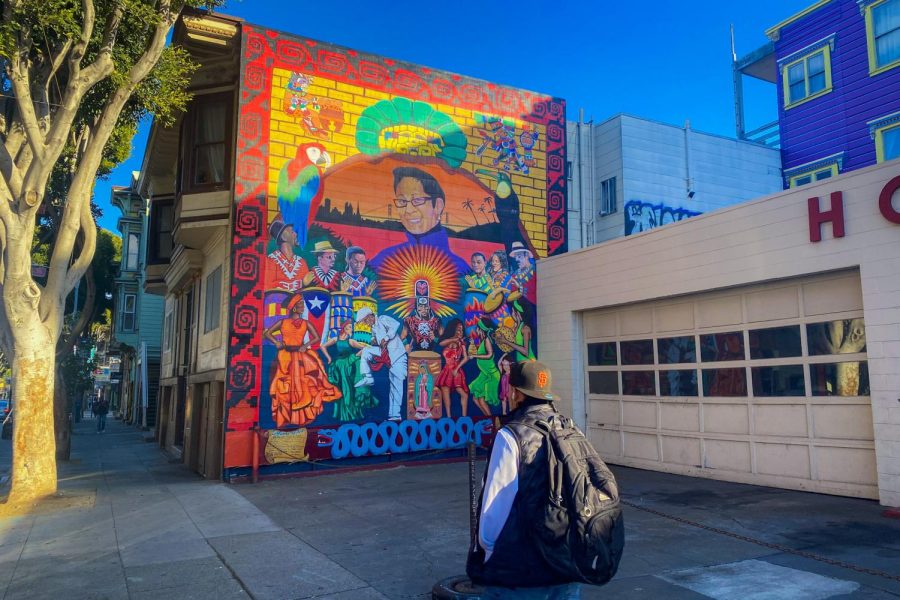A city with widespread culture comes with acceptance and diversity, but it also comes with disagreement and change. There aren’t many who agree with the change.
San Francisco is a city filled with dreams and dreamers. It is a city that quickly accepted many people of different backgrounds to settle. It’s a world-class global city that has taken pride and influence from people of different ethnicities and backgrounds.
However, this culture is now at risk.
San Francisco’s Mission District is known for its large Latino and Hispanic community. As the Mission has slowly been the victim of gentrification, community members have started to worry that they will lose their culture and the title of their old-school vibe.
Gentrification is a term that initiates wealthy individuals moving into low-poverty areas and starting to change the environment. This leads to businesses being bought and sold for a higher price, slowly turning a low-poverty neighborhood into a modern, rich, and high-tech area.
Members and business owners of the community have seen many changes happening throughout the years in their neighborhoods.
In 2020, San Francisco had a population of 873,965.
Residents of the Mission District have seen gentrification affect their businesses and their growth in the community. The streets filled with bodegas and alleys packed with colorful murals that explain the Latino community’s stronghold are slowly disappearing into Silicon Valley’s suburbs.
The main community affected by this impact is the neighborhood’s Latino and Hispanic small business owners.
“This change is negative because my job here is as an instructor of Aztec Dance and my business promotes culture. Gentrification affects me because I no longer have a Latino community to come to my classes. There are other communities that come, and I’m grateful for them, but I would like my community to get involved in what I’m doing as well,” said Ricardo Peña, a resident of the Mission District for 30 years.
Not only does gentrification affect business owners, but residents have also noted a change.
“I feel like the Mission District has become more like a tourist attraction than my home,” said Karla Garcia, a University of San Francisco student and Mission District resident.
Although residents feel concerned about the Mission District losing its culture, they still believe everyone as a community can help new generations and younger Latino and Hispanic kids uplift and pass down the culture with great pride.
“Don’t stop coming to the neighborhood,” Peña said.
Given the progression of these communities, there are still positive outcomes for young Latinos and Hispanics in the Bay. These are all communities with open arms to young generations seeking guidance and encouragement.
“Us older people should show the youth and give them an orientation and tips to have fewer problems, for their own good,” said Maria Catalina, a Mission District resident of 14 years.
Peña also notes multiple ways that local Latino or Hispanic residents of the Mission District can help combat gentrification.
“If you don’t live here, you can still come and contribute by helping small businesses: come eat burritos, come eat Mexican food or Hispanic food. That makes a great change because people are able to visualize. Tourists and people who don’t live here, for example, if they see a big Latino community, they’ll assume that it’s a Latino or Hispanic neighborhood. But, if the community doesn’t get together or come along, that label will get lost. We have to protect our community so our culture doesn’t leave, such as by participating in cultural events,” Peña said.
Besides the changes within the Mission District, the community has come together to fight to avoid losing their environment. Residents encourage people to continue coming to the Mission. Music still blasts through the streets. Murals keep the streets of the Mission District alive. Street vendors continue to put a smile on people’s faces regardless of race and ethnicity.
“We are the only responsible ones to make sure that our culture doesn’t disappear,” Peña said.













